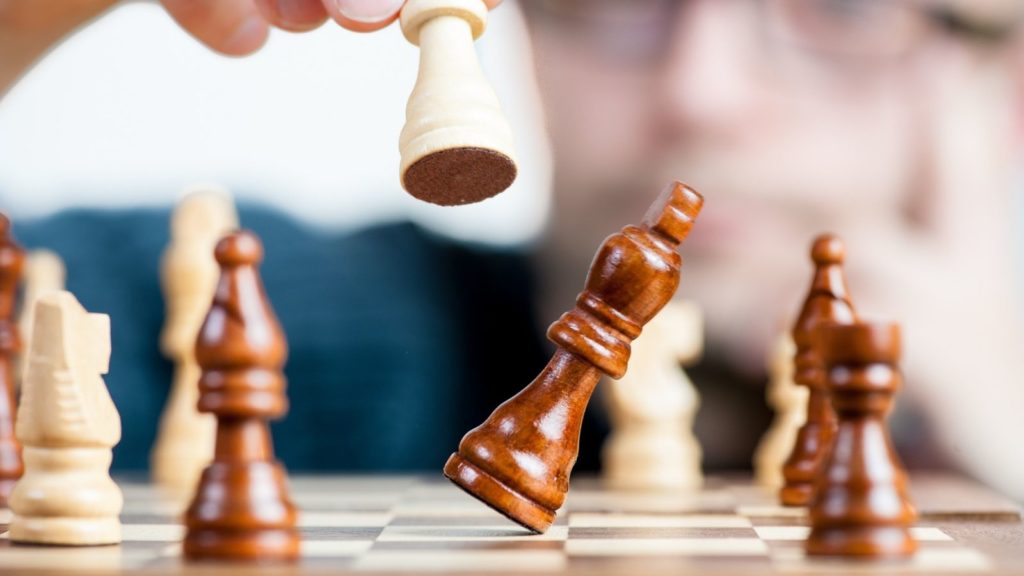Samsung heads into CES 2026 with momentum Samsung Electronics is closing out 2025 with a strong signal of where its future tech ambitions lie….
Is it cheating to use ChatGPT, Bard or any language prediction model?

First things first, let’s back up to what a language model is exactly.
ChatGPT, Google’s Bard are large language prediction models, which have a neural network machine learning model that takes input text, analyzes it, and transforms it into what it predicts will be the most useful result.
So we know what it is, what’s next?
Cheating
Understanding what cheating is.
To keep things clean we have to avoid referring to cheating in the love and relationship sense and focus more on what the definition means when referring to a set advantage.
By definition, cheating is to act dishonestly or unfairly in order to gain an advantage.
To gain an advantage. That’s where we start.
But is using ChatGPT or another language model considered cheating?
The simple answer could be YES, but there is a broader question being asked here.
ChatGPT alongside a whole fleet of compelling and beneficial language models have come to our computer and smartphone screens to not only improve our current norm but solve some queries that otherwise would have taken weeks to resolve.
Language models such as ChatGPT or creative tools such as Google’s Bard could be considered cheating now only because a certain percentage of people still are not familiar with their use or due to a notable digital divide, among other reasons.
The answer lies in understanding that the advantage is only an advantage once a user has it first in secret or with intent not to disclose information.
Should everyone gain access to ChatGPT and other language models, could we still consider it cheating when the usage has clearly transformed to become a basic habit?
Access to any model would then move the question to who can optimize platforms more efficiently.
It definitely cheating when considering the lack of personal effort, as we could argue that some are bypassing the effort required to come up with original ideas or create content.
The upshot
An upside is the reduced time efficiency alongside streamlined processesses. This allows all artists to explore a wider range of possibilities with the use of AI.
Artists can leverage their work, and enhance creative work in a fraction of the time they would take normally.
Future collaborative potential
The idea for future collaborative potential comes as we understand the landscape being created for future tech heads which is a landscape of collaborative thinking with AI.
Whether it’s viewed as cheating or not, the intent of the creator is always in question as a measure of ethics.
It remains important however for individuals to be transparent about the use of AI-generated content and to respect the creative process and authenticity that the audience expects.
Also read: WATCH: AI robots creating sculptures or humans programming better?

